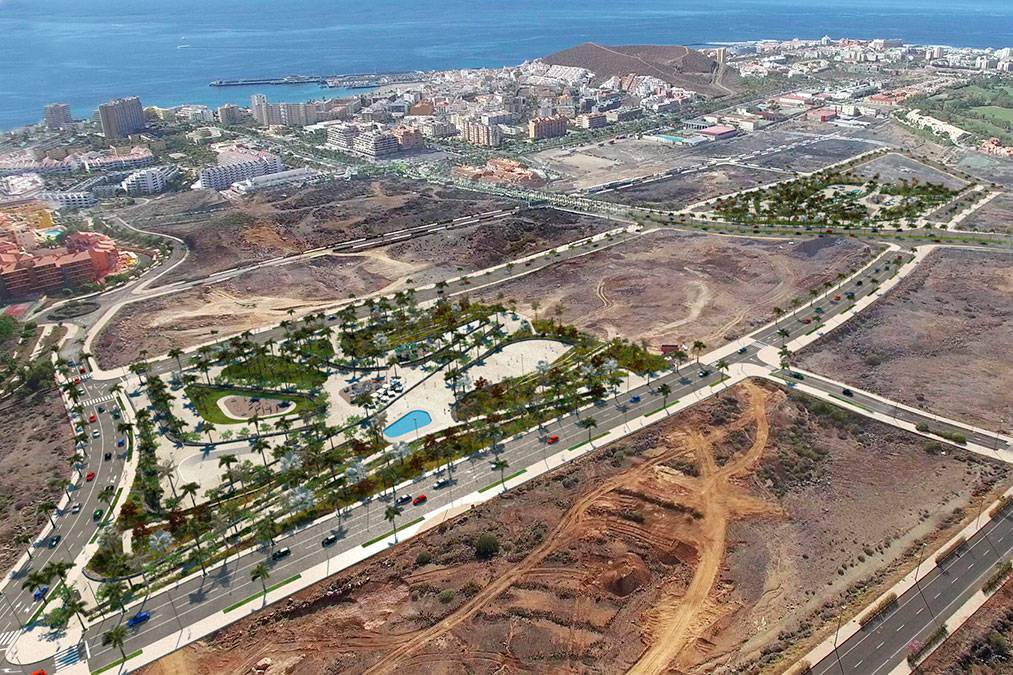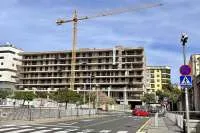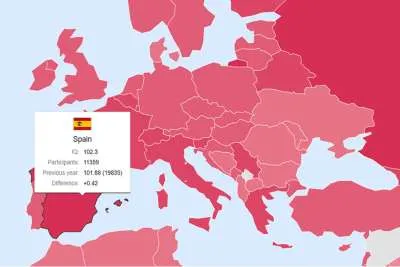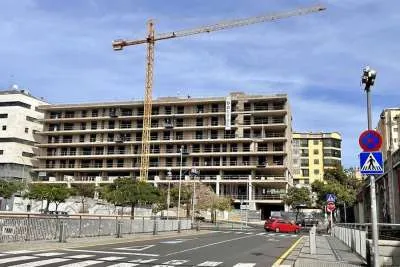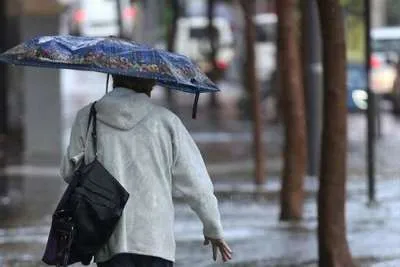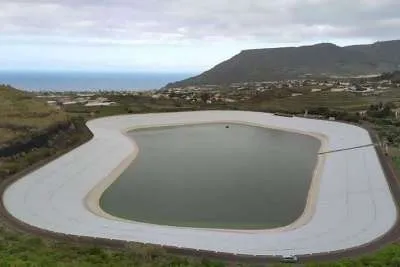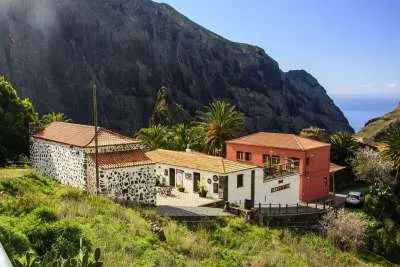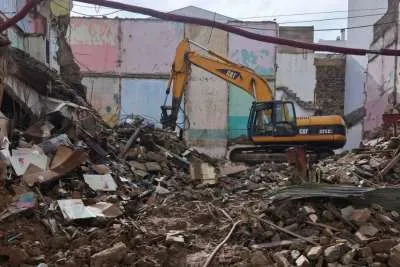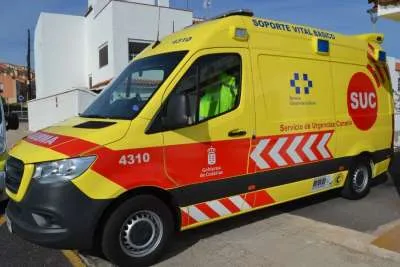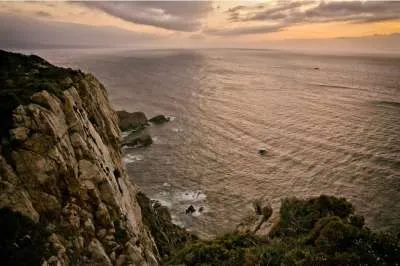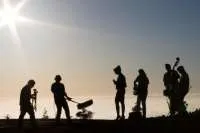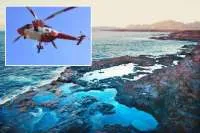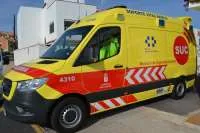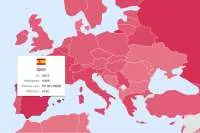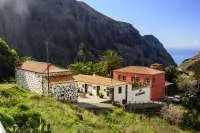Arona chooses a water park over public housing in El Mojón, its ‘new city in the south’
- 02-06-2024
- Tenerife
- Canarian Weekly
- Photo Credit: Stock Image
The Arona City Council has decided against constructing public housing (VPO) in El Mojón, over 900,000 square metres of land unlocked between the TF-1 motorway and Los Cristianos, which will be a ‘new city’ in the south of Tenerife, deciding to opt for tourist facilities, such as a water park, instead.
It has taken almost 30 years to ‘unlock’ this land as the original projects were approved in 1995. Nearly two-thirds of the land is owned by private companies to build hotels and tourist accommodations, but the council has 332,000 square metres of the land for public amenities, which includes parks, green areas, and the new Arona Arena sports and concert venue.
The council's rejection of VPO housing, which would be valuable amidst today's housing crisis, came after the Department of Urban Planning, asked the plan’s promoter, Juan Francisco Reverón Villalba, to reserve plots for potential VPO housing. This proposal, outlined in a report dated July 7th, 1995, was amended by the then-mayor, the late Mario Spreáfico, to support "public initiative actions" instead in line with the 1995 Canary Islands Tourism Law.
The amendment, approved unanimously, aimed to promote a water park on public land. El Mojón's Parcel L3 is designated for parks and gardens but also allows for an optional water park. The head of Arona’s Urban Planning Department objected, suggesting a private recreational area would be more suitable for a water park and called for a detailed cost analysis, particularly regarding water consumption. She warned that it would contradict the municipality’s General Urban Plan (PGO).
However, Spreáfico insisted that the council should keep the option open for a water park in the public area of the Partial Plan. His revisions were included in the final document sent to the promoter, who confirmed the changes months later.
The decision surprised some landowners in El Mojón. Ignacio García, representing Club Caracola, suggested that some areas should optionally allow permanent residential housing. He expressed concerns that the favourable tourism model might not succeed or might be impractical, leading to undeveloped plots and potential expropriation or penalties for promoters.
El Mojón does include plots for housing, but only on private land. According to the plans approved on October 1st, 1996, there are four types of housing: detached villas, terraced houses, terraced hotel houses, and grouped houses. Only the detached houses are intended for residential use, each on a minimum 300-square-metre plot, covering a total of 55,806 square metres.
This residential area constitutes a mere 6% of the plan, which primarily focuses on tourism. The plan’s memorandum emphasises its goal to serve a "floating population" of tourists who renew every 15 days and typically do not use residential facilities. It describes future residents of El Mojón as tourists over 50 without school-aged children, except during holidays.
"The purpose of El Mojón is to meet the demand for high-quality tourist facilities, especially for foreigners holidaying in the south of Tenerife," the document summarises. Land designated for tourist apartments covers 196,234 m2; tourist accommodations 120,750 m2; and hotels 114,942 m2.
Public amenities cover 332,904 m2, divided among roads, parking, pedestrian areas (120,037 m2), gardens (115,736 m2), an urban park (52,818 m2), and cultural, sports, and educational facilities (44,000 m2).
Last year, the council announced that 15 private projects for El Mojón had received approval, with an expected investment of around one million euros, including brands like Lidl and McDonald’s.
Nueva Canarias (NC) criticised the latest initiative’s unblocking, led by the current government coalition of Coalición Canaria (CC), Partido Popular (PP), and Más por Arona, as indicative of a "development model" that contradicts their stated opposition to tourist overcrowding in the Canary Islands.
El Mojón, located near the tourist hubs of Los Cristianos and Las Américas, will increase Arona's visitor numbers. Arona, the island's second most popular destination for foreign tourists after Adeje, saw the eviction of 90 families from an unfinished building in March, without alternative housing. The town’s social services councillor, Ruth Martín, acknowledged the severe housing crisis, citing numerous people living in makeshift conditions.
However, despite the dire need for affordable housing, the council has not applied for a declaration of a stressed housing area.


